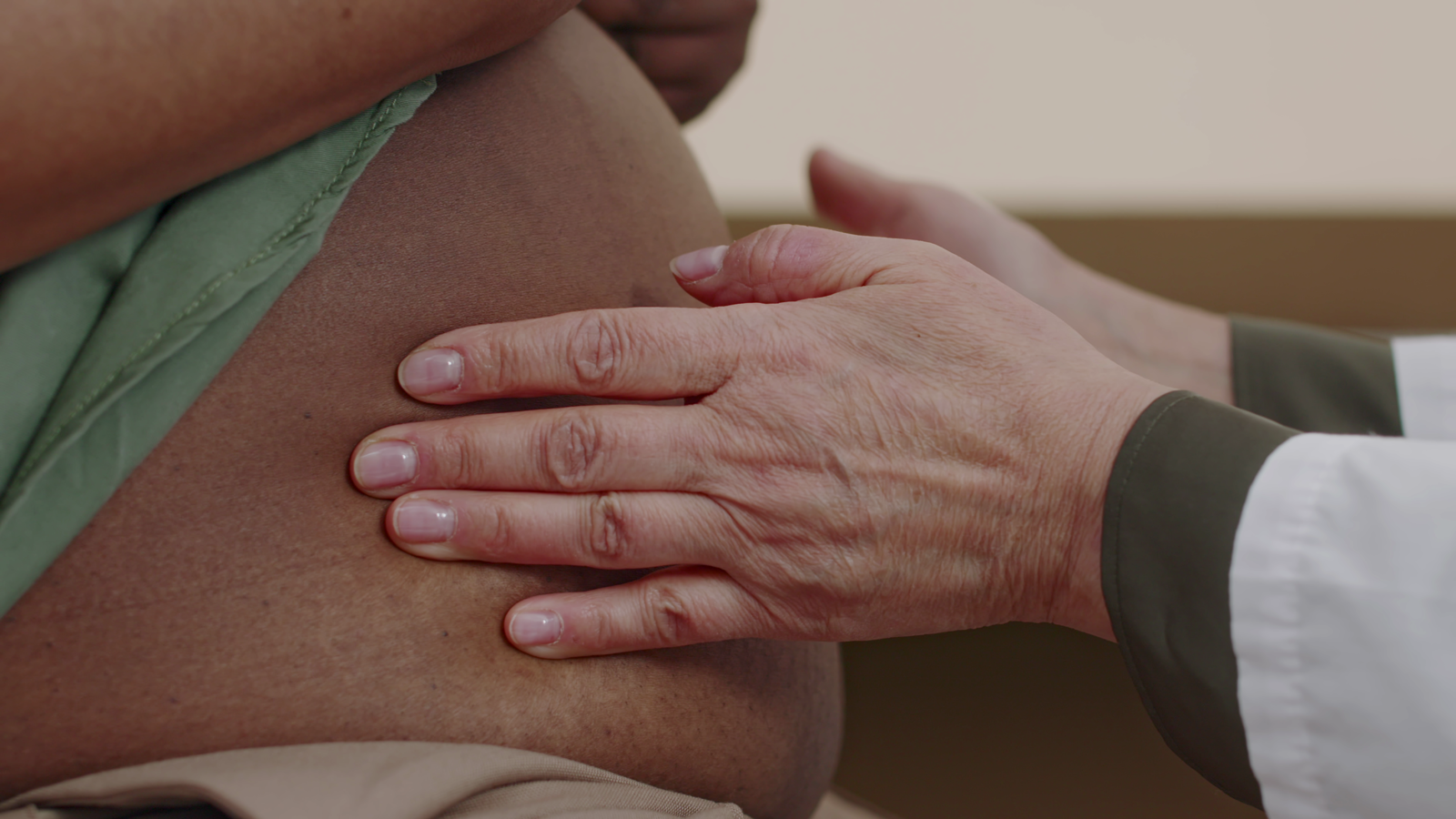- HIV regimens containing bictegravir are widely used in Canada and other high-income countries
- A Canadian study assessed the effects of bictegravir in infants exposed to this drug in the womb
- It found no increased risk of birth defects among 161 infants exposed to the drug over five years
Bictegravir belongs to a class of anti-HIV drugs called integrase inhibitors. It is co-formulated into one pill called Biktarvy, which contains the following medicines:
- bictegravir
- TAF (tenofovir alafenamide)
- FTC (emtricitabine)
In clinical trials, Biktarvy has been found to be generally well tolerated and highly effective in suppressing HIV. Biktarvy is a leading HIV treatment in many high-income countries.
Biktarvy was initially approved in Canada and other high-income countries in 2018. Initial clinical trials of HIV treatments (antiretroviral therapy; ART) tend to recruit non-pregnant adults. After a treatment has been approved for general use, doctors may then choose, based on the available evidence, whether to use it in pregnant people.
Many pregnancies are unplanned. A non-pregnant person may have initiated ART at some point in the past and subsequently became pregnant. In such cases, some doctors may decide to switch a pregnant person’s regimen to an older combination of drugs for which more safety data is available. Other doctors, based on the available evidence and considering many factors—such as the need to ensure that HIV is suppressed (to minimize the risk of transmission of the virus to the infant)—may choose to prescribe a newer regimen, such as Biktarvy, after pregnancy occurs.
A Canadian study
A team of researchers with the Canadian Perinatal HIV Surveillance Program (CPHSP) recently published an analysis of the safety of bictegravir when infants were exposed to this drug during their time in the womb. CPHSP collects data through a network of 22 HIV referral sites and health departments. Researchers with the program estimate that they can “capture [data] from 95% of infants [born to] pregnant people living with HIV.”
According to the researchers, “due to the scope of the CPHSP dataset, [information on] pregnancies ending in stillbirths, spontaneous abortions and therapeutic abortions were not [collected].”
Researchers analysed data collected between July 28, 2018 and December 31, 2023. They focused on medical information obtained from the records of 1,256 infants whose parents used ART during pregnancy. In total, 161 infants (13%) were exposed to bictegravir while in the womb and the remainder (1,095) were not. Among these 1,095 infants, 723 were exposed to other integrase inhibitors and 327 (30%) were exposed to regimens not based on integrase inhibitors during their time in the womb.
Bictegravir during pregnancy
Over the course of the study, the researchers found that the proportion of infants exposed to bictegravir in the womb increased.
In the case of 52% of infants, their parent was already on bictegravir when conception occurred. Their parent continued to take bictegravir for the duration of their pregnancy.
In the case of some other infants, 22% were also exposed to bictegravir because their parent was taking it prior to conception. However, after pregnancy was recognized and disclosed to their healthcare provider, their parents discontinued bictegravir in favour of other anti-HIV medicine(s).
Among the remaining 26% of infants, medical records indicated that their parent began taking bictegravir-based ART once they told their healthcare provider that they were pregnant.
Researchers did not find significant differences in rates of birth defects, premature births or lower-than-ideal birth weights in infants whose parents used bictegravir during pregnancy vs. other anti-HIV drugs. There was also no significant difference in rates of HIV transmission to infants because of the regimens used during pregnancy.
Premature birth
In the present analysis, the rate of premature birth among infants who were exposed to bictegravir during pregnancy was 19%. Among infants exposed to other ART-containing combinations in the womb, 13% were born prematurely. In the general Canadian population, the rate of prematurity is about 8%.
The researchers analyzed the data and found that the factors during pregnancy that likely drove premature births were as follows:
- detectable HIV
- use of injection drugs
The researchers stated that their findings about these two issues underscore “the need for interventions to provide earlier HIV diagnosis and treatment along with services for those with substance use disorder.” Furthermore, they added that the disproportionate use of a bictegravir-containing regimen in people “who acquired HIV through injection drugs may represent gaps in contraceptive and/or preconception counselling services in this population.”
Bictegravir in treatment guidelines
As mentioned earlier, a bictegravir-containing regimen (in practice this means Biktarvy) is recommended for the initial treatment of people with HIV by leading guidelines in high-income countries and regions.
The results from the Canadian study about the safety of bictegravir-containing regimens during pregnancy are very encouraging. However, in the study, the number of infants exposed to this medicine during their time in the womb was relatively small. It is possible that rare birth defects may not have occurred in such a small group. The researchers therefore encourage continued monitoring of infants exposed to bictegravir in the womb so that a fuller picture of the safety of this drug during pregnancy is known. This will become more important in the future, as other regimens containing bictegravir will likely become available.
—Sean R. Hosein
REFERENCE:
Wong JMH, Balleny R, Lee T, et al. Perinatal and early infant outcomes after bictegravir exposure in pregnancy: a Canadian surveillance study. JAIDS. 2025; in press.

